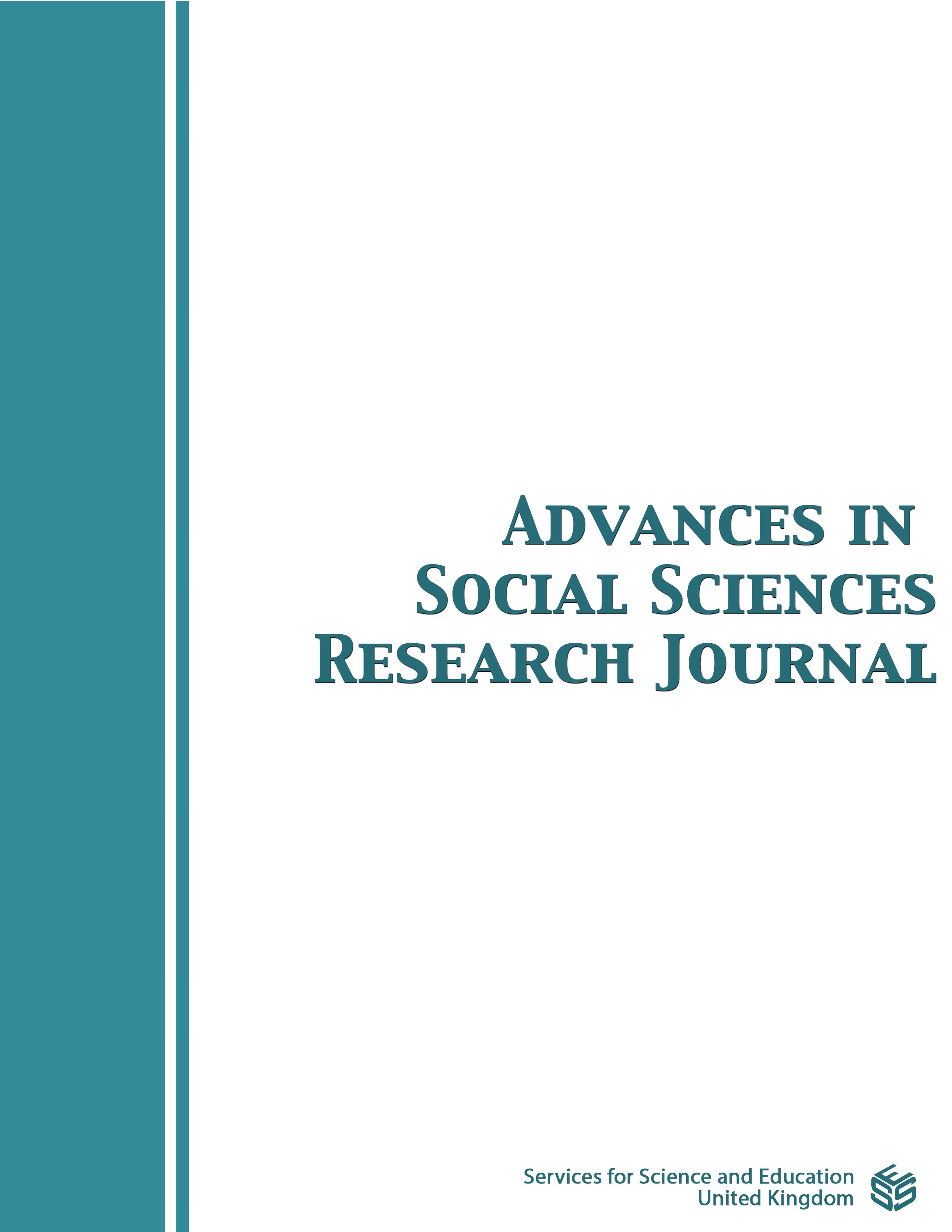Childfree In The Workplace: Demographics, Stigmas, And Implications
DOI:
https://doi.org/10.14738/assrj.113.16619Keywords:
Millennials, Voluntarily Childlessness, Stigmatization, Workplace EffectsAbstract
The purpose of this paper is to explore one particular phenomenon that can be associated with the millennial generation, and that is the increasing number of childfree employees in the workplace. We examine the demographic data on childlessness in the workplace and the literature on issues and perceptions of childlessness and childfree individuals. Research has demonstrated various social stigmas associated with childfree; among these are perceptions that the childfree are more immature, selfish, autonomous, and less desirable to be around. The social stigma attached to the choice to remain childfree has certainly impacted the extent to which firms have sought to address these issues, and researchers have also tended to avoid conducting significant empirical and qualitative work in this domain. There is a very real need for high quality research efforts focused on understanding the issues raised by childfree workers in the structure of contemporary organizations, along with work needed to identify innovative ways organizations can adapt to the new reality of childfree employees. For managers, there is a clear need to think carefully about the implications of childfree workers in the workplace. Managers should be encouraged to engage in honest discussions with employees about disparities in familial status, and to work with teams to encourage greater acceptance of the diversity that comes from these differences. The trend toward childfree individuals in the workplace is likely to continue, with the result that managers will need to address the issues raised in this analysis.
Downloads
Published
How to Cite
Issue
Section
License
Copyright (c) 2024 Meghan Bendtsen, Aaron A. Buchko, Kathleen J. Buchko

This work is licensed under a Creative Commons Attribution 4.0 International License.
Authors wishing to include figures, tables, or text passages that have already been published elsewhere are required to obtain permission from the copyright owner(s) for both the print and online format and to include evidence that such permission has been granted when submitting their papers. Any material received without such evidence will be assumed to originate from the authors.






